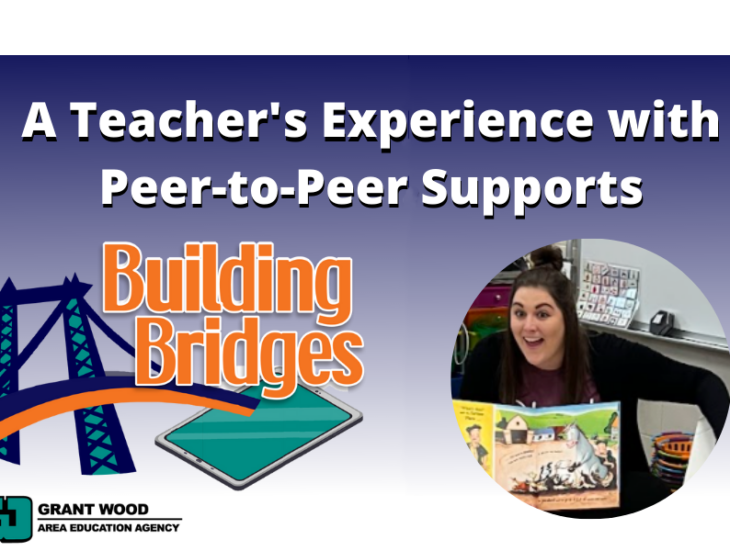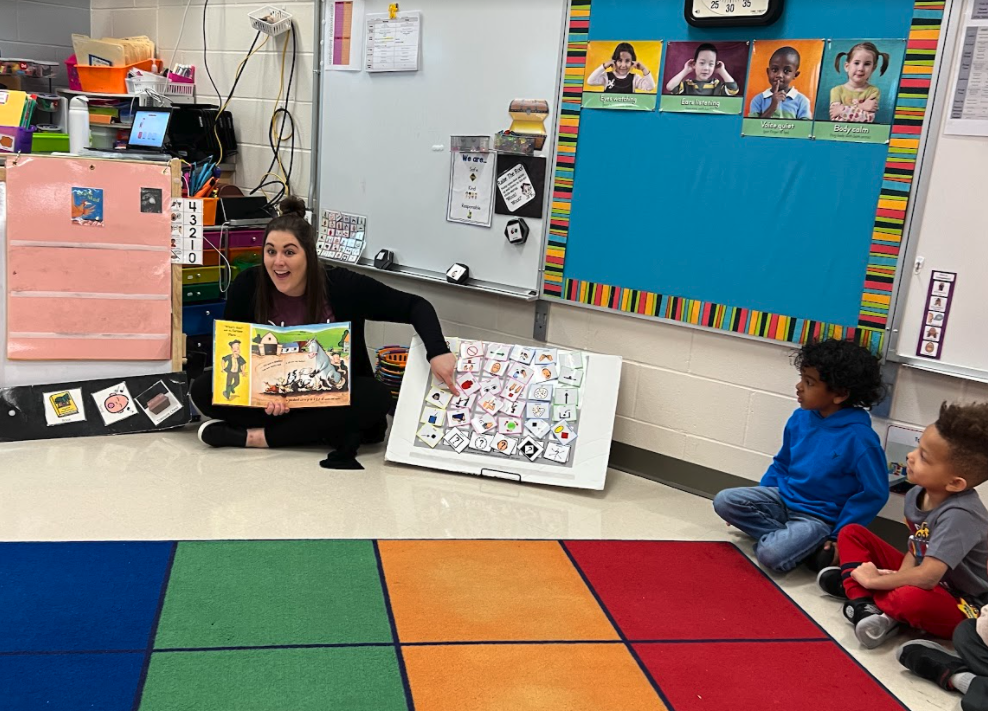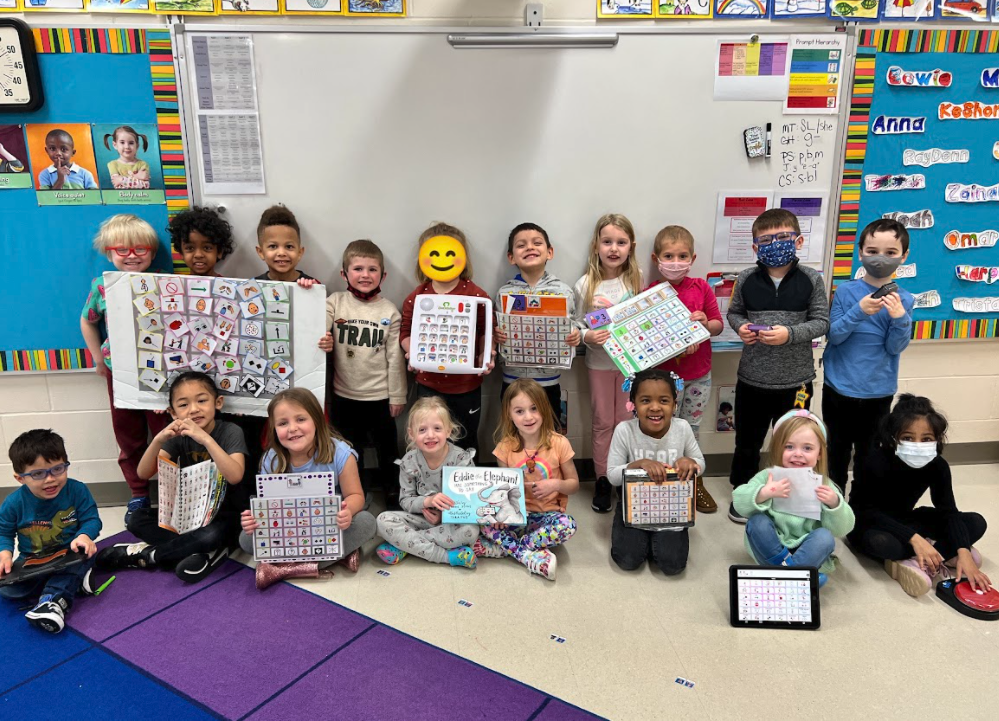
Preschoolers are capable of doing BIG things when given the opportunity. One preschool teacher, Erin Sheets shares how peer mediated strategies have been a game changer in their inclusive preschool classroom. She jokes that most days, the preschoolers can lead and run the room. In this blog post, the preschool team shares five ways they modified their preschool classroom to create more peer-to-peer interactions.

1. Universal supports: "We set up our room with the belief that ALL students need access to the curriculum and are capable of learning. We do this a few different ways. For example, we provide directions for routines, play scripts for activities and communication support in each center. Giving students the support they need increases student independence and builds confidence."
2. Language and communication for everyone: "Our language rich environment ensures all students have access to communication and a way to participate in the classroom. We model core vocabulary on a large core board throughout our whole group routine. You will also see small core boards at centers and small groups. All students have access to single message switches around the classroom for a variety of routines, songs and repeated readings. By providing these tools throughout the day, EVERYONE has the opportunity to teach and model communication, not just the adults."
3. Social opportunities: "We considered each routine in our day and brainstormed ways to create more social opportunities. We asked ourselves, “What are we doing that a peer could do?” Jobs that students now do instead include: passing out/picking up materials, asking the question of the day, and greeting preschool friends at the door. We also reflected “How can we structure our activities to create more social exchanges?” Placing puzzle pieces in a basket for students to request and appointing a Snack Captain to pass out snacks has created more social connections among peers. By removing the adults from these interactions and activities, more peer to peer opportunities emerge."
4. Explicit peer coaching: "When adults are taken out of the interactions, they become available to coach peers how to specifically interact with each other. Most of this coaching is done on the spot during small groups or centers. It is incredible how quickly preschoolers begin using the skills we are coaching. We encourage peers to explore and use the individual devices as well so they can communicate with their peers on their systems. Target students are learning skills identified in their IEPs and peers are learning leadership and life skills such as inclusion, empathy and kindness."
5. Individualize: "Once we have all our universal supports and routines in place, we are able to individualize for specific students. Our team plans weekly with our speech-language pathologist how to individualize not only communication for students, but also access and participation. We identify and locate core vocabulary to model on individual student devices, identify modifications for activities and identify supports needed for all students to be successful."

Words cannot possibly describe the positive impact peer strategies have had on our classroom environment and student success over the years. Peer mediated strategies not only help build skills and reach goals, it also creates genuine friendships. It warms my heart to see friendships grow during our time together and continue as they get older. We are creating kind, caring and accepting individuals that will make the world a better place! The work is not always easy but I can tell you, it is worth it. It is life changing for ALL involved. Inclusion is important and peers are POWERFUL.
Want to learn more? Check out the Elementary Peer-to-Peer Program Playbook from Grand Valley State University.
About the Authors
Jessica Krob Leads the AAC Resource Team which works to build capacity among agency SLPs and IEP team members in the evaluation for and implementation of communication systems and supports to enhance participation, engagement, and success for learners of AAC across all educational settings and communicative partners. This is Jessica's second year leading the team but she has been involved in this work over the last 10 years.
Erin Sheets is a preschool teacher at North Bend Elementary. She has been teaching preschool at Clear Creek Amana for nine years and recently completed her second year of LEAP training to become the first LEAP-certified preschool in the district. Since beginning peer mediated strategies in preschool, North Bend elementary has implemented similar strategies in classrooms throughout the elementary.
